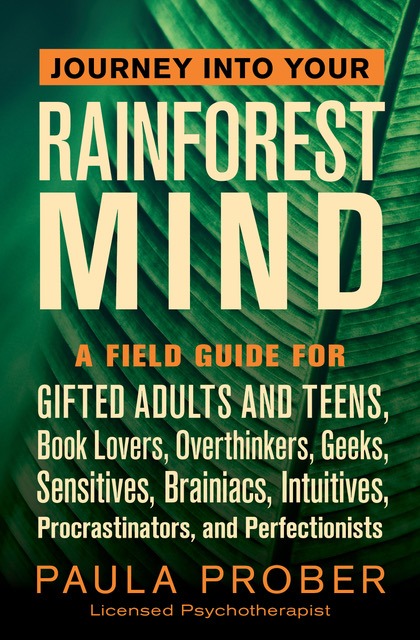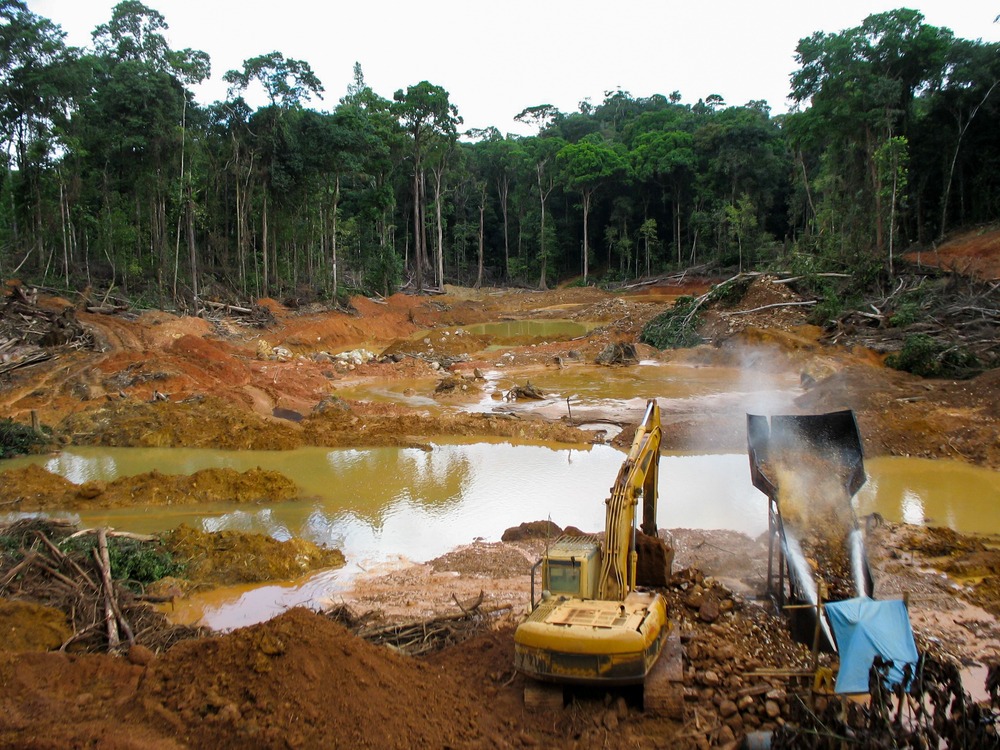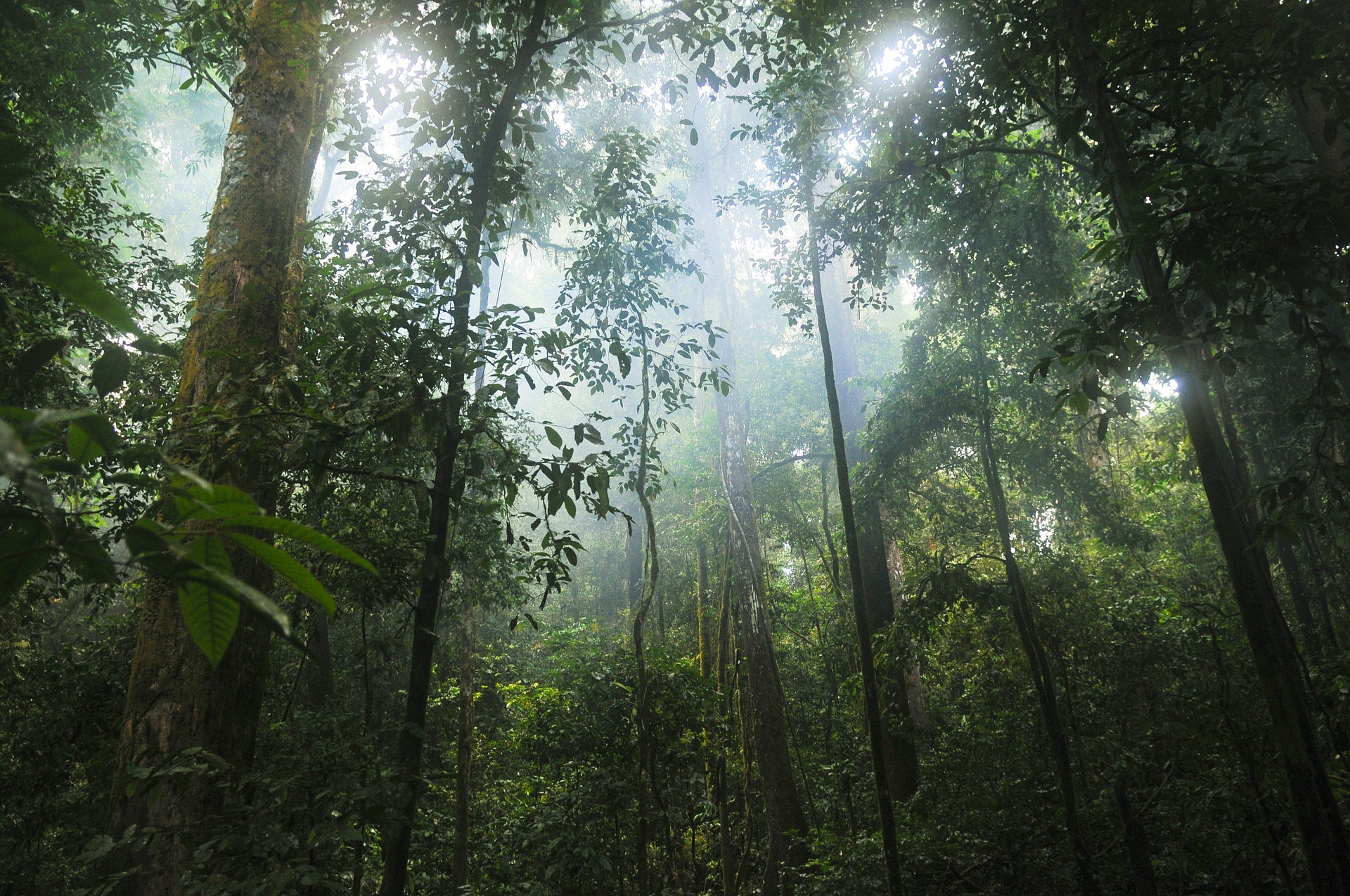It’s a story we’ve heard over and over here at Third Factor: once upon a time, a kid was identified as “gifted.” But then that kid grew up and, instead of winning the Nobel Prize or writing the great American novel or saving the world from any of countless impending dooms (as they presume truly gifted people must), they turned out to just be weird—intense, oversensitive, perfectionistic, spread too thin, perhaps even anxious or depressed. So that grown-up kid went to a therapist to try to figure out just what the heck was wrong.

If they’re lucky, they’ll have gotten a therapist like Paula Prober, a psychotherapist who specializes in working with the gifted. Unfortunately, as Paula knows well, most are not so lucky. The norms of this population of former gifted kids aren’t widely understood. They’re certainly not part of the core curriculum in most psychotherapy training programs. But they have a champion in Paula, who is also the author of two books on giftedness: Your Rainforest Mind: A Guide to the Well-Being of Gifted Adults and Youth and its recent companion, Journey Into Your Rainforest Mind: A Field Guide for Gifted Adults and Teens, Book Lovers, Overthinkers, Geeks, Sensitives, Brainiacs, Intuitives, Procrastinators, and Perfectionists.
Because I know her wisdom will be of value to all you Third Factor readers, I sat down to chat with Paula about her work as a psychotherapist to the gifted—and about the message she’s trying to get out to the world about this population.
Connecting with the Gifted
Most begin exploring giftedness after they or their children are labeled as such. Paula, however, followed a more circuitous path. She wasn’t identified as gifted as a child; she wasn’t an academic superstar; and she doesn’t have children herself. But when she was starting her first job as a sixth grade teacher, her colleagues picked her out because of her teaching style—which they said was particularly suited to the gifted kids. “My way of teaching was to do projects, to bring in different books, not just to teach in that structured way where everyone is on the same page at the same time,” Paula explained. “I just did that naturally, and everyone said gifted kids would respond well to that.”
That was how Paula discovered her passion for working with the gifted. She went on to earn a master’s degree in gifted education and went on to teach in a middle school pull-out gifted program. “That’s how I really learned a lot about what it means to be gifted—what it’s like, what the characteristics are.”
When she was 39, Paula went back to school to earn another master’s degree, this time in counseling. She had tried psychotherapy herself and found the process extremely beneficial. And after four years with an agency, she was ready to launch her own practice. “And I realized, oh, I should serve gifted people in my practice because I know how these folks have very specific mental health needs,” Paula said, “but there are not that many therapists who understand this.”
I realized, oh, I should serve gifted people in my practice because I know how these folks have very specific mental health needs, but there are not that many therapists who understand this
Paula Prober
The Blog and the Books
After practicing for a while, Paula began to feel that she could use a creative outlet. Since people had responded to her writing in the past—and because it could help her get the word out further about the unique needs of gifted people in therapy—she decided to give blogging a try.
So was born Your Rainforest Mind—and it’s been a tremendous success. The comments section on each post is full of people who want to let her know how much her insight has meant to them and how much her understanding of what’s normal for gifted people has changed their understanding of themselves for the better.
In fact, it was such a success that a small press focusing on the gifted came to her and asked her to write a book for them. As it happened, Paula had already started writing a book: “I had all these stories about clients and their processes, and about helping them to understand the gifted piece as well as abuse and trauma and how that combines with giftedness and resilience. I thought it would be important to get that out. So when they asked me, I already had a manuscript!”
The result was her first book, Your Rainforest Mind, which includes case studies of a wide variety of gifted people in all their variety and complexity. Her second book, Journey Into Your Rainforest Mind, is an easier read—and therefore easier to hand off to relatives or educators or therapists who may not understand the psychological norms and implications of giftedness. “The first is for you to understand yourself; the second is for educating people about you,” Paula explained. “If you give it to them, they’ll be more inclined to read it because it’s funny and simple.” Journey is essentially a paper version of Paula’s blog, with all her most popular posts gathered and organized by topic and with the addition of exercises that people can do to help themselves.


The Rainforest as Metaphor
Having read both of Paula’s books (as well as her blog), I can enthusiastically recommend them to Third Factor readers. She covers all the common struggles of the gifted: perfectionism, loneliness, anxiety and its relationship to intellect and imagination, multipotentiality, and so on. In fact, someone new to this topic might be struck, as I was, by how often these struggles all happen to the same people. That’s the sort of person Paula describes as rainforest-minded.
It’s a great metaphor, because at the same time that it captures the complexity of the experience, it also lets people bypass that pesky G-word, which she acknowledges is often a hindrance.
“I thought of it back when I was just teaching, because people had such a hard time with the word gifted,” she explained. Those she recognized as gifted were generally uncomfortable calling themselves that—or would deny it entirely. “So I asked, how can I explain this to people? What’s a good metaphor that would describe giftedness? And then it just kinda came to me: people as ecosystems!”




The ecosystem metaphor helps Paula explain to teachers, parents, and her own clients that being gifted isn’t about being somehow “better.” “The desert is beautiful. The meadow is beautiful. The volcano, the river, we need them all. They’re just not as complicated as the rainforest, which is the most complex ecosystem on the planet,” she explained. “And people were much more comfortable with that than the word gifted. I have clients who say, ‘I’m not gifted,’ but they can call themselves rainforest minds.”
It’s important to note that the rainforest-minded profile doesn’t fit all people who have been identified as gifted. “There are cognitively advanced, super-smart, intellectual people who aren’t rainforest-minded,” Paula explained. “They don’t have multipotentiality, or they don’t have the empathy, or they don’t have a lot of the sensitivity. You can have your scholars at a university who are brilliant in physics or some area, for example, but don’t have these other characteristics. Not all people who we would call gifted are rainforest minds, but all rainforest minds are gifted.”
Abundance, Not Excess
The metaphor also is useful in talking about the trauma that many of Paula’s gifted clients have faced. “The rainforest is misunderstood, and it’s being cut down,” she explained, “just like gifted people are misunderstood and being cut down, bullied, told to slow down and not be so intense and not be so noisy.”
Based on this profile, regular readers will surely have recognized a tie to a concept we love to discuss here at Third Factor: namely, the overexcitability described in the theory of positive disintegration.
“It’s just that. It’s totally related,” Paula agreed. “I don’t use that term much, but I do sometimes, because people with rainforest minds have many of the overexcitabilities. A lot of the people I see are intellectually and emotionally overexcitable—they have those without a doubt. The other ones show up often, too.”
Those of us who use the language of overexcitability to discuss giftedness often learned of this frame through another book, Living with Intensity by Michael Piechowski and Susan Daniels. That book tends to resonate with those who have been told they are “too much.” Paula, too, has heard the phrase “too much” from her clients many times.
“It’s just how people describe giftedness,” she said. “It’s seen as ‘too much.’ You’re ‘too much.’ You’re too intense, talkative, smart, curious, ask too many questions. A gifted person feels like they’re too much because that’s what people tell them. But I would say that what you need to do as a gifted person is to say, ‘I am BIG.’ The nature of giftedness is moreness. It’s an abundance. The way other people see it, you have more. More intellect. More emotion. You have a bigger spectrum, a bigger capacity in many areas. And one thing that you have to do is figure out how you relate. You still have to live in this world. You may have relationships, jobs, experiences where people can’t handle you. So yes, you have to learn how to communicate with people who are overwhelmed by you—but not see it as a pathology. You can’t think that something’s wrong with you because of how they react to you.”
The nature of giftedness is moreness. And one thing that you have to do is figure out how you relate. So yes, you have to learn how to communicate with people who are overwhelmed by you—but not see it as a pathology. You can’t think that something’s wrong with you because of how they react to you.
Paula Prober
The Difficulty (But Not Impossibility) of Making Connections
Of course, rainforest-minded people need—and want—to relate to other people, which can be difficult when they have all of this moreness. Paula advises a two-pronged approach to the challenge.
The first step is to adjust a bit to accommodate the person with whom you want to connect. You might do this, for example, by slowing down your speech or simplifying your ideas (which, incidentally, one of our contributors discusses elsewhere in this issue). Paula acknowledged that rainforest minds might not initially appreciate this advice. Her clients have protested that this would mean they’re being inauthentic or that they’re dumbing themselves down. “What I say is that you are being authentic because you are choosing to speak in a way that people can hear,” she said. “You want to be able to communicate.”
Then there’s the second half of the plan: “To live your best life, you’ve got to find people where you can go full strength,” said Paula. “Where you can be everything that you are. You want to find friends who are as intense as you are, so you don’t have to slow it down.” While it’s okay and even beneficial to modify your intensity in certain situations—say, with people you value even though they are represented by other biomes—you also need to find places where you can operate on full power.
It seems to me that recognizing and applying these two approaches in the appropriate situations sounds a lot like the sort of wisdom that comes with organized multilevel disintegration, represented by level IV of Dabrowski’s arc of positive disintegration. People at this level have recognized why they’re disintegrated, have practice determining higher and lower paths, and have gotten to the point where they can address their own needs while also practicing empathy for others, treating those others as subjects in their own right while looking at their own experiences and behavior objectively.
It’s not an easy level to reach, especially if you’re still fighting off the chain saws.

What’s Normal in the Rainforest?
As we’ve noted, one of the reasons Paula writes is to spread the knowledge she’s gained through formal education, a first career teaching gifted students, and a second career in psychotherapy for the gifted, because therapists in particular tend not to understand what’s normal for this population. We’ve discussed misdiagnosis here at Third Factor before, so I asked Paula: when should a rainforest-minded person seek out a diagnosis of something more serious and complicated than mild to moderate anxiety or depression?
Paula said that most of the people she works with are “straight-up gifted, not twice-exceptional.” (Twice-exceptionality, or 2e, is a term for people who are both intellectually gifted and disabled, frequently referring to something like ADHD or autism.) She therefore noted that she doesn’t have a lot of experience with any of those other diagnoses. She does, however, have clients who come in already thinking that they should pursue those diagnoses, whether based on self-diagnosis or on commentary from others who are not familiar with the norms of the gifted population.
“My experience is that people are quick to misdiagnose,” Paula said. “They are quick to label people with ADHD, autism spectrum, and bipolar disorder. Those are the three—I have people come to me and say they have been labeled these things, and I don’t see it. I see that these are just gifted people.”
My experience is that people are quick to misdiagnose. They are quick to label people with ADHD, autism spectrum, and bipolar disorder. I don’t see it. I see that these are just gifted people.
Paula Prober
She drove this point home by describing her few clients who did appear to her to stand out in a way that she thought merited further diagnosis. “I had one client who was clearly Asperger’s,” Paula said, and noted that this client explained the diagnosis—and why it fit her—in such a way that made it clear that the rainforest-mind designation didn’t cover her particular struggles. “She helped me understand it a little better, and I agreed that she was what she described,” Paula explained.
She contrasted this to her many clients who come in with sensitivity to sound and texture or with a sensory processing issue and think they are autistic because of that sensitivity. But high sensitivity and even sensory issues, Paula noted, are not uncommon among the rainforest-minded—and they do not necessarily accompany the core difficulties that pose a challenge to people on the autism spectrum, such as reading other people’s emotions and subtle social signals.
Paula has also had a couple clients whom she did think had ADHD, one of whom she describes in her first book. It was the way this client described her brain—using words like ‘muddled’ and ‘flustered’—that made her stand out. “Her example was, ‘My brain works like it’s a basket full of snakes, writhing snakes, and I try to take one out and straighten it out. That’s how my brain is!’ And I thought, ‘This is more than just the gifted brain,’” Paula explained. Another thing that stood out in this client’s story was that she struggled to do things like pick up paper on the floor—until she went on medication for ADHD. Another client described to Paula the problem of “having piles and piles and piles, and she could never get to her piles. It was so much work for her to get something done.”

“Because I know giftedness so well, it’s easy to see when it’s more than that,” Paula explained. “I always wonder how they could think that they have these conditions. But then, I can see how a practitioner who doesn’t know much about giftedness might think that.”
She also urges gifted people who are struggling to look not just at diagnoses involving their internal wiring, but also to look at their own histories: “I think one of the keys is looking at the background, at childhood, and if there’s abuse or trauma or neglect or dysfunctional family patterns. The results of that can look like those other diagnoses. I look for trauma that can create these issues.”
If you’re struggling with your own set of chain saw-wielders or just trying to navigate another day in the rainforest, Paula’s books may well have the information you need. The comments section on her blog teems with comments from those who had no idea that there were others who were going through all the same things they were—a response that keeps her coming back to engage, sharing her knowledge with those who haven’t found it anywhere else.
“It’s been five years and I still love it,” Paula said. “It is so satisfying to write and to reach people around the world and to get feedback and to feel like I’m making a difference doing something that I love.”




